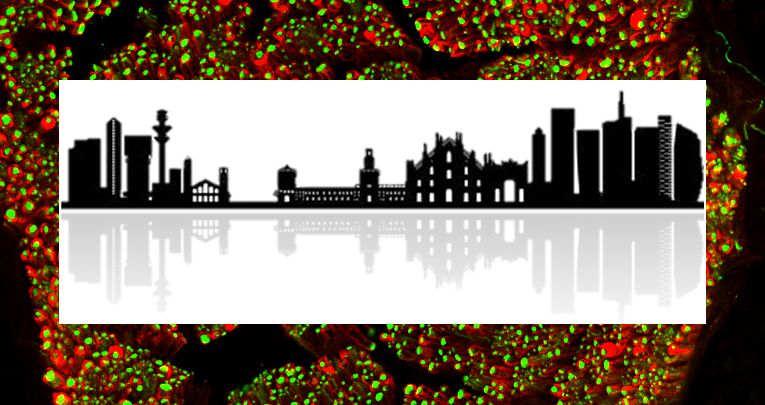Tuesday, 27 September - h 2:00 p.m.
Seminars room, NICO
From Enteric Neurons to intestinal movements; a lesson also for the Brain
Prof. Marcello Costa
, Matthew Flinders Distinguished Professor
Flinders Medical Centre - Adelaide, Australia
The movements of the intestine are suitable to transport aborally its very varied contents, and this makes intestinal peristalsis a spcial form of locomotion over terrains with significant mechanical and chemical diversity.
The enteric nervous system, embedded within the gut wall, consists in complete neutral circuits capable of organising such ‘locomotion’. Such circuits comprise sensory neurons, integrative interneurons and motorneurons both excitatory and inhibitory motorneurons arranged in polarised pathways. In recent years has been possible to combine video recordings with high resolution manometry to construct spatio-temporal maps of the mechanical states of the intestinal muscle during motility and deduce from these the activity of the neural circuits.
Propulsion occurs with the activation of a functional neuro-mechanical loop by the intestinal contents, which adapts the speed of propulsion to the size, shape and viscosity of the contents. A further cyclic neural mechanism determines the intermittency of propulsive movements. Cellular studies of enteric neurons are beginning to throw some light onto these adaptive and integrated enteric neural mechanisms that take place along the entire digestive tract.
The idea of a nervous system connected with the external world in a functional neuromechanical loop is of course also applicable to vertebrate locomotion and could be extended profitably to the loops superimposed by evolution onto the lower ones. The entire nervous system could be regarded to consist of a number of superimposed neural loops subserving all the emergence of new features including all high brain functions.
Host: Alessandro Vercelli









